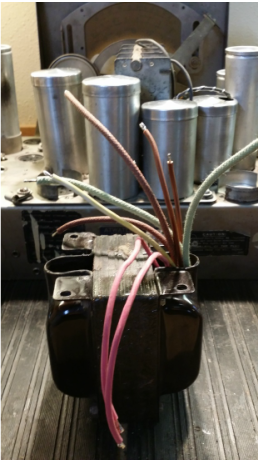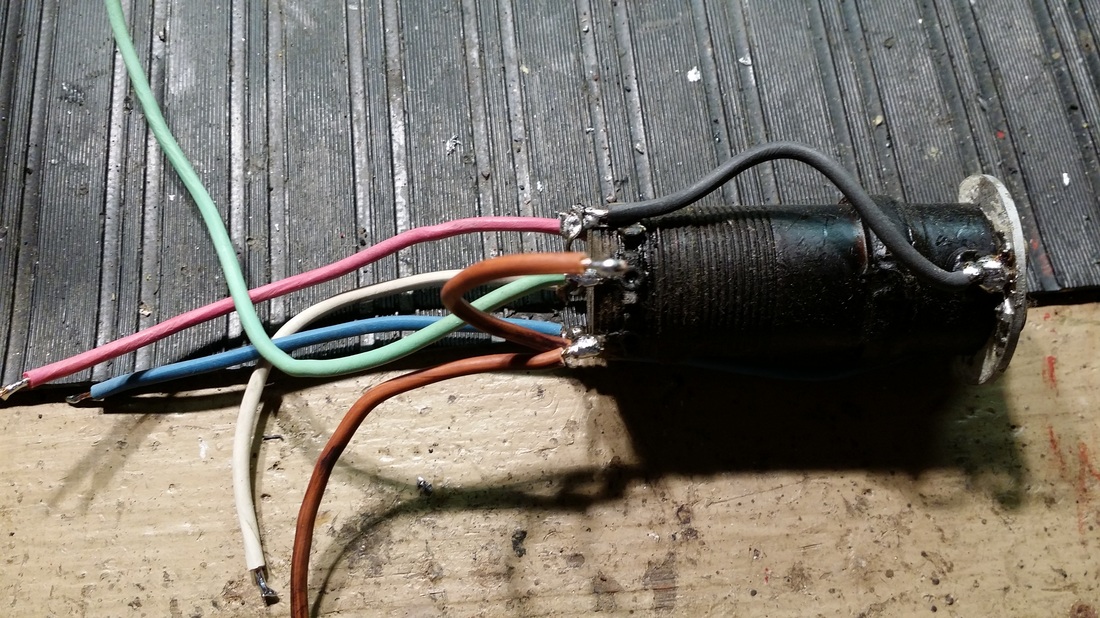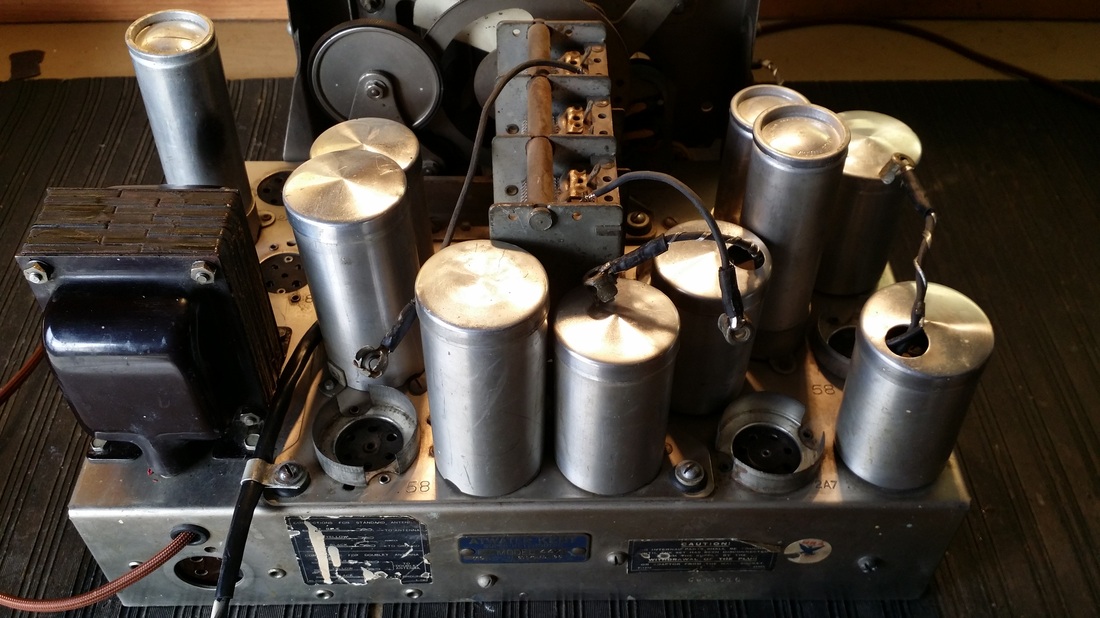.
So, it looked like I had a little bit of spare time. If you work on old radios, you are always looking for parts. Sometimes you make due with what is on hand. Then that part you thought you would never find drops into your lap. BUT, you have moved on. Us electronics techs don't like "re-dos", so are generally uninspired to pull apart a perfectly fine, working radio just to put in an original part. So you make a note and put the part in a box and loose the box - somewhere.
Well it was time to find about 6 - 8 years worth of little boxes, some of them not so little. The best start was an inventory. Pull out each radio, dust it (imagine that) test it, examine and in some cases test the tubes, then do an alignment.
I had acquired a lot of date matching tubes that needed to replace "replacement" tubes - if that makes any sense. There were a lot of tube shields to be moved as well. At one point I actually had my RF generator radiating at full power to an antenna so I could align IF stages after tube or shield changes without bringing a console all the way down to the bench. Don't worry, we don't have any neighbors close enough to hear the "squeal".
In the process I found 1 globe 80 that had gone to gas. LIT UP like a purple Christmas tree. Of course I was watching for this, so no damage. Found that both my Crosley Buddy Boy and Mate both had open windings in one of the RF transformers. One hundred and thirty ohms worth of #39 layered in 15 turns per layer, not to bad but the coil winder is not much good for 15 turns wrap, repeat. I just turned it by hand. Both are MUCH better radios now although a TRF like them will work with signal leaking past the dysfunctional stage.
Then I got to one of my favorite radios, an AK 447, the big daddy of Atwater Kent table radios complete with a shadow meter and a shutter dial that moves vertically to switch bands. Only the shadow meter was not changing much with signal strength. Time for a through examination.
The chassis was in pretty good shape, Sure, there was some cracking insulation on some of the rubber wire, but most of it was OK. Now this is why I advise people to change it all rather than doing part and leaving the rest. In the 7 or8 years since I had restuffed all of the original caps, the rest of the wire had gotten much worse. Regardless of what else was done a lot of wire needed to be changed. In addition, apparently at that time I was using plastic insulated wire. The stuff I use now looks and feels like the original, is rated for 600V and is REALLY hard to melt with your iron. So I might as well just do all the wire AGAIN.
As found - in the museum:
Looks a lot more original IMHO
An alignment and one weak tube replacement later and the shadow meter works well. As does the rest of the radio.
People often say that AK power transformers are weak. Well , I can say that most of them need to be rewired to avoid shorting rubber insulated leads.
Pick your favorite:
Kidney Stones
Rubber Wire
Taxes
Tough Call!









 RSS Feed
RSS Feed